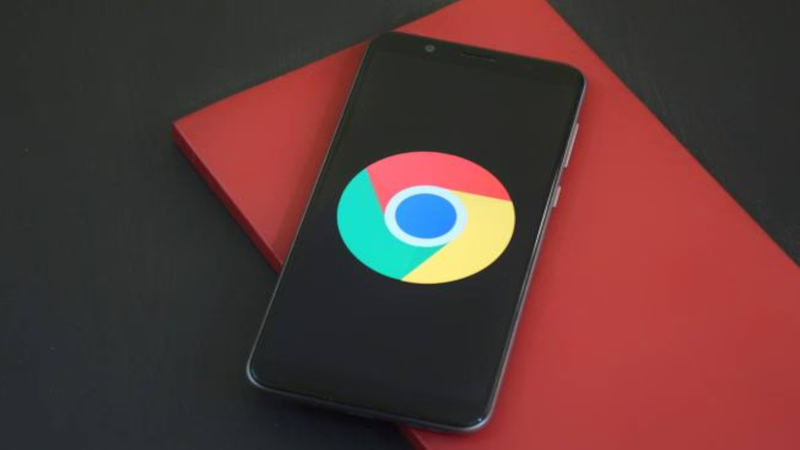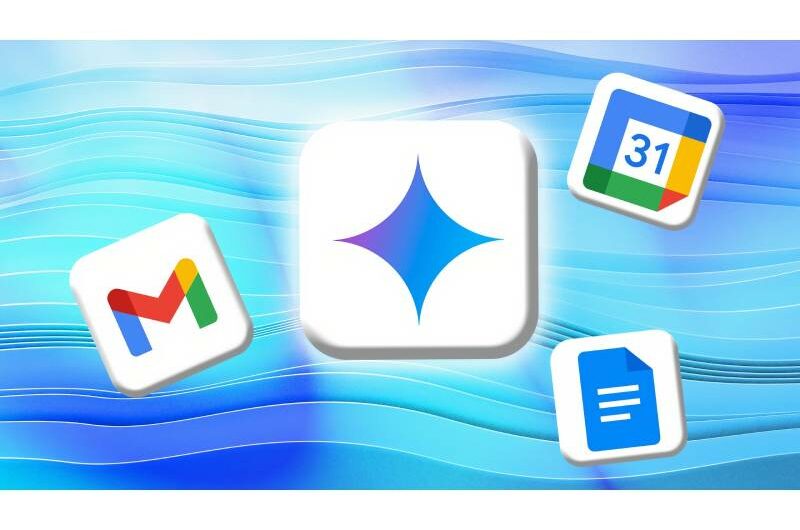Google is enhancing desktop Chrome with a new set of AI-powered features designed to make your browsing experience more efficient and helpful. Following the introduction of Help me write, Tab Organizer, and a Gemini shortcut earlier this year, these new tools include a conversational search experience for browsing history and improved visual search capabilities.
One of the notable updates is the addition of a Google Lens shortcut in the address bar, providing a Circle to Search-like experience. This feature can also be accessed from the bottom of the three-dot overflow menu or via the right-click menu. While Chrome already offered visual search, this upgraded version aligns more closely with the functionality available on Android. It enables users to refine queries, such as searching for products in different colors, and to ask follow-up questions through multimodal Multisearch. The Google Lens side panel will display visual matches, allowing users to “Add to your search.”
The “Drag to search” gesture is another new feature, replacing the cursor with a loupe icon that lets you select text, static images, and videos on the page. This gesture includes object recognition and OCR (optical character recognition) capabilities, providing shortcuts to copy and translate highlighted words or sentences. This updated Google Lens in Chrome will be rolled out globally in the coming days.
Additionally, Google is integrating AI and large language models into Chrome’s browsing history for a conversational search experience. This feature aims to help users find pages even if they can’t remember specific details. For example, a user might query, “Where was that ice cream shop I looked at last week?” After that, Chrome will look through your browsing history, including URLs and page titles, to locate the pertinent page. You can enter natural language queries from the address bar using @history or access the feature via chrome://history. This is an opt-in feature that you can enable or disable at any time. The feature will launch in the U.S. in the coming weeks, using cloud models for processing.
Lastly, the new Tab Compare feature will allow users to compare information across multiple tabs. Initially focused on comparison shopping, Chrome will generate AI overviews of products across different tabs, but there are plans to expand this functionality to other areas in the future. This feature will also launch in the U.S. within the next few weeks.
Topics #AI #Artificial intelligence #browser #browsing #browsing history #Chrome #Google Lens #Larry Page #news










